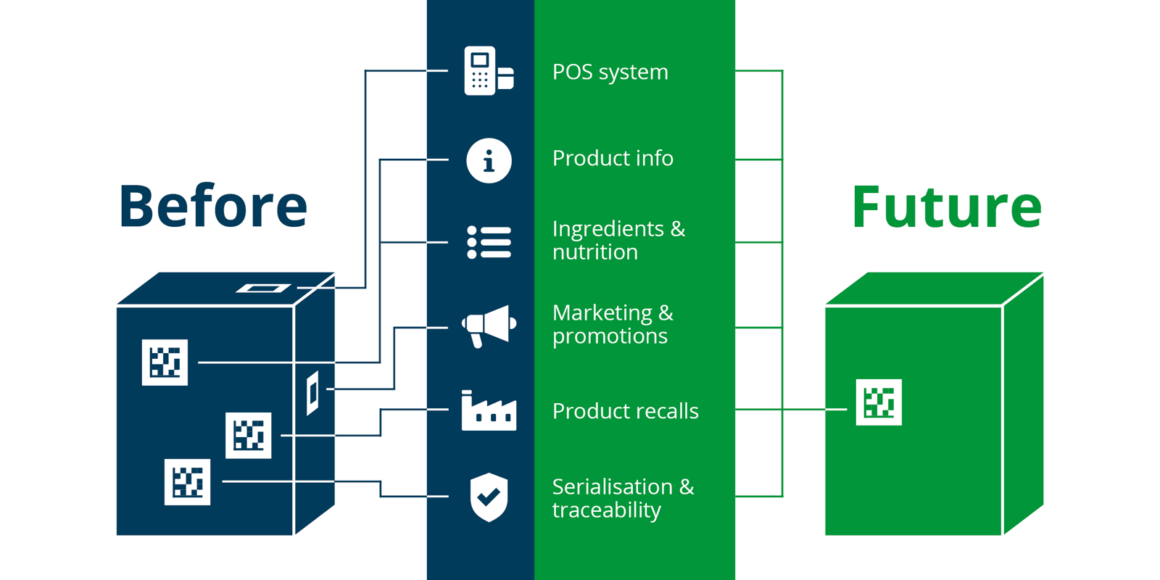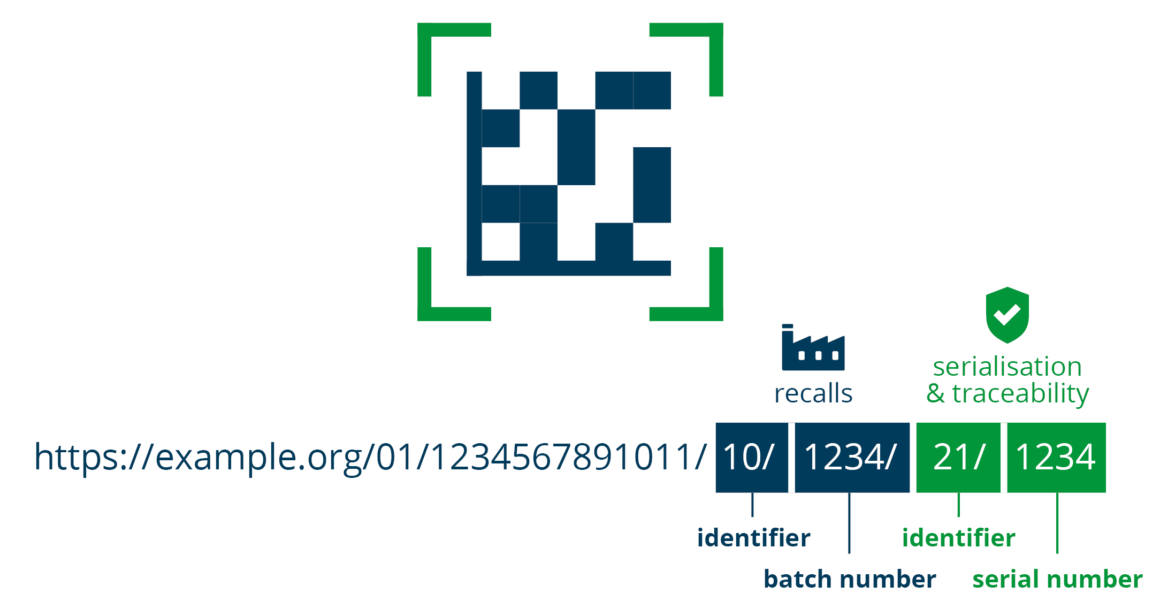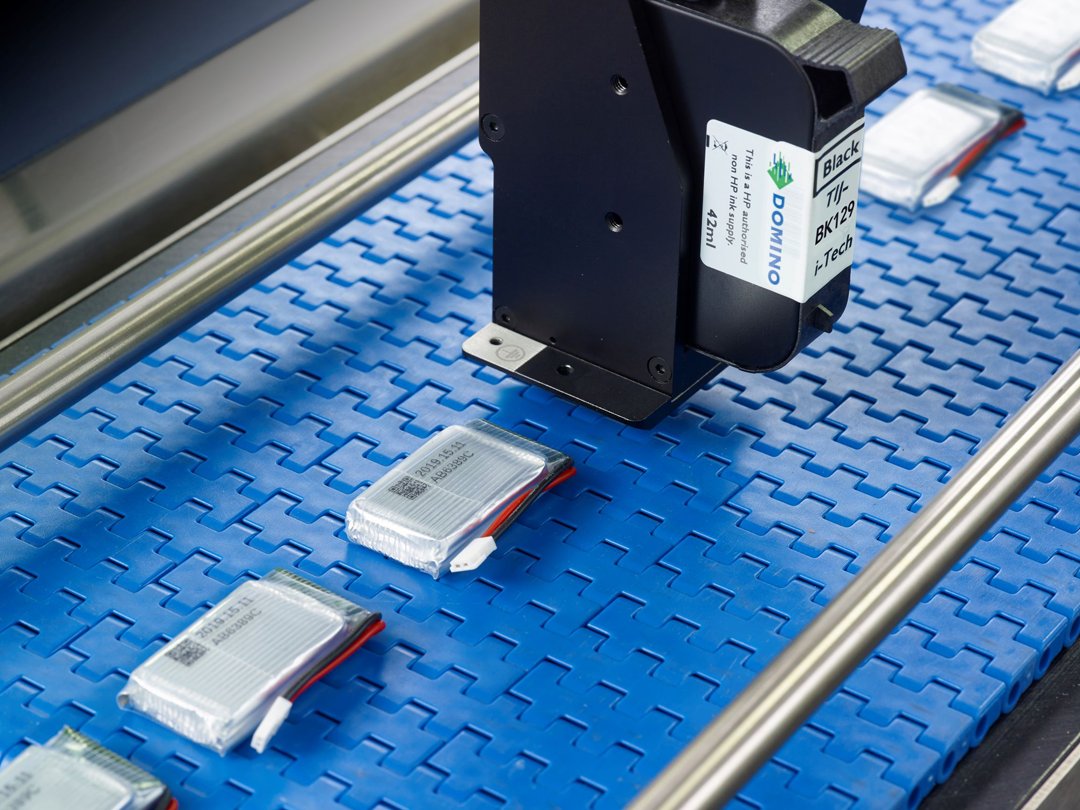The NEW Barcode That Does Everything
We are living in the era where brands are increasingly expected to provide product information in an easy and accessible way – be this to consumers looking to find out more about a specific product or retailers looking to optimise efficiency with access to accurate product data and supply chain information.
If a consumer or retailer is confronted with a product and wants to find out where it came from, or what’s it made of, or how it compares with something else, they expect to be able to find out easily.
Too many barcodes!
Instead of writing all this information on the packaging itself, many brands have responded to the demand for more data by adding additional barcodes to their product packaging. A single package might include a QR code for consumer-facing information, alongside multiple other barcodes (including linear barcodes, 2D codes) for use at POS, internal stock control, or supply chain operations management.
However, having multiple barcodes is not only confusing for consumers, but it can also cause issues with scanning at the POS systems, and takes up valuable space on the packaging design.

The solution?
One single barcode, which allows everything from warehouse machinery and POS scanners, to specialised apps and smart fridges to obtain information about a product. A single code which could be used to improve supply chain visibility, ensure product safety, and bring a wealth of information to consumers, both at home, and in store.
It is now a reality, with GS1 releasing the Digital Link, a simple way to encode information into 2D codes which then allows that information to become part of the web. This allows consumers, retailers, and anyone involved in the wider supply chain to access an array of instantly updatable, brand-controlled product information.

How does it work?
Usually, barcodes are encoded with a string of numbers or letters, with the exception of QR codes which are usually encoded with a website URL. The GS1 Digital Link combines these, encoding a website URL with a string of numbers at the end (e.g. https://example.org/01/01234567891011).

The 2D code can be scanned using a 2D scanner which will use the GS1 Digital Link to access information about the product. If the scanner is located at the POS, this can be done automatically using the string of numbers in the same way as with a linear barcode; if the scanner is on a consumer’s smartphone this can be done by connecting the user to a brand-owned web page that provides specific information about that product. This webpage is adjustable so that, for example, in the case of a product recall, landing pages can be appropriately updated so that anyone scanning a code is instantly notified.
The Future of Barcodes
The GS1 Digital Link provides a vision for a future where multiple linear barcodes are replaced by a single, data-rich 2D code, which can be used by everyone to access information that’s tailored to their particular needs.
Currently there are some barriers standing in the way of moving over to a single barcode – namely an enormous global retail infrastructure network that has been designed to work with linear barcodes. For a 2D code you need a 2D scanner – but many current POS systems are only equipped to manage linear barcodes. This means that a GS1 Digital Link-enabled 2D code can currently do everything, except go ‘beep’ at the checkout!
A report from GS1 US revealed that 82% of retailers and 92% of brand owners supported transitioning from the linear barcode to a 2D code within the next five years – that said, it’s unlikely that we will see a synchronised ‘switch’ from linear to 2D any time soon. But for now, the GS1 Digital Link will provide the majority of brands with an option for one 2D code, alongside a linear barcode – which is a significant step forward.
Get It!
When barcodes were first introduced in the 1970s few could have anticipated just how important they would become. We believe the same to be true of the GS1 Digital Link – in time, this will become a tool that will be adopted across all sectors, as product identification, automatic data capture, supply chain visibility, and the ability to share information become ever more important to global business operations.
However, as with any product code, a GS1 Digital Link-enabled barcode can only be effective if it is correctly printed. Having a suitable system in place to print 2D codes and check the quality and correctness of the printed code, is, therefore, crucial to ensure that brands can make the most of this standard.

If you are considering adding a GS1 Digital Link-enabled 2D code to your product packaging and need more information on how best to do this, please get in touch. PrintDATA is proud to offer a range of compliant barcoding solutions, and specialist code verification systems, to suit the requirements for all industries and packaging types.